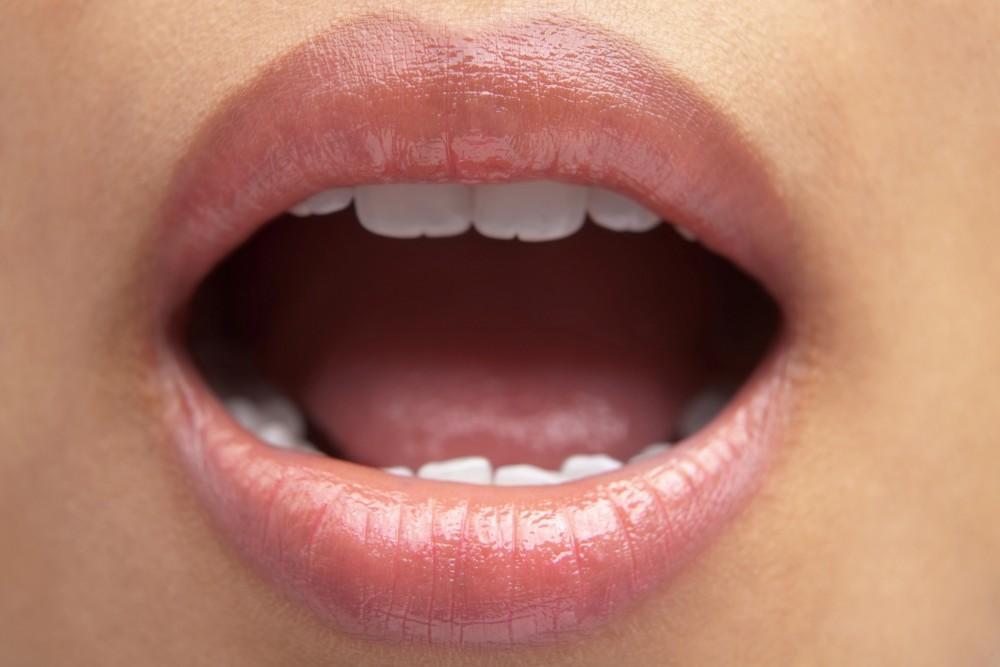
A Short Guide To Dental Crown Lengthening Treatments

There are many different reasons why someone may need a crown lengthening procedure. The process of crown lengthening involves exposing more of the tooth’s surface for either cosmetic or oral health concerns.
If your dentist has recommended a crown lengthening treatment, here is a short guide to everything you need to know before your procedure, including post-surgical tips to make the process successful.
What Is Crown Lengthening?
Crown lengthening is an oral surgery treatment that involves removing excess gum tissue, and possibly some bone, around the upper teeth to make them look longer. Dentists and periodontists frequently perform this standard procedure. If the gum line is uneven, crown lengthening can sculpt the gum line to produce a more symmetrical smile.
Crown lengthening may also be performed for other dental reasons. For example, crown lengthening may be necessary to support the installation of a crown. A dental crown, or cap, may be required due to a cracked or damaged tooth. Untreated cavities frequently become too large to be corrected with a filling, leaving you in the position of needing a dental crown. Additionally, crowns can also cover misshapen or discolored teeth.
Advantages of Crown Lengthening
Unlike many other cosmetic dentistry treatments, crown lengthening only needs to be done once. In addition to creating a broader, more symmetrical smile, crown lengthening can provide other dental care benefits. Crown lengthening treatments can also reduce tooth decay because more of the tooth is exposed to brush and floss.
Preparing For Treatment
This outpatient procedure can often be completed in about an hour. Before your surgery, x-rays will be taken. Your medical history will also be reviewed with your dentist or surgeon to go over any current medications you are taking or any other health concerns that could potentially affect the surgery outcome. A thorough examination of your teeth, gums, and bone structure will be performed before your treatment.
To better help determine if crown lengthening surgery is right for you, your dentist will predetermine how much of the gums will need to be removed or contoured to achieve your desired results.
What To Expect During Surgery
In some instances, the gum tissue can be contoured with a laser. In others, some bone may need to be removed to achieve the desired outcome. Crown lengthening is considered to be a routine dental procedure, but just as with any oral surgery, there are certain risks to take into consideration. Infection is most likely the main concern following any crown lengthening treatment. Your dentist may prescribe you an antibiotic to prevent or treat infection following your surgery.
Bleeding is often another concern that needs to be closely monitored and managed. Your post-operative care instructions are an essential part of reducing your risk of developing complications and aiding in the healing process. After your crown lengthening procedure, you should follow up with your dentist if you have any concerns regarding the condition of your teeth and gums.
Aftercare and Recovery
Your gums will likely need several months to heal after your crown lengthening procedure fully. Most of your regular daily activities can continue right after your surgery; however, you should always follow all aftercare tips or instructions from your provider for optimal recovery.
Immediately After Surgery:
- Apply an ice pack for approximately 20 minutes on and off the day of your surgery to reduce any swelling.
- To reduce unwanted bleeding, avoid hot foods and beverages.
- Avoid strenuous activities for the first 48 to 72 hours.
- Take any prescribed or over-the-counter medications as suggested for pain management.
Additional Recovery Tips:
- Your gums may be sensitive to hot and cold temperatures for quite a while.
- Avoid hard, spicy, or sticky Foods during the recovery process.
- Soft foods and plenty of water will allow the gums to heal faster.
- Do not drink alcohol or smoke for 7 to 10 days.
- Refrain from running your tongue over treated gums.
- Avoid pulling your lip outward to check on the surgical site.
- Schedule a follow-up appointment with your dentist to monitor the healing process.
Ready To Learn More?
Elite Dental & Denture PC is here to guide you through determining if crown lengthening is right for you. If you have any dental or oral health concerns, contact us to schedule a consultation appointment.
You Might Also Enjoy...


Can Improving Your Smile Boost Your Career?

The Do's and Don'ts of Tooth Extraction

The Oral Health – Mental Health Connection

The Importance of Tongue Health


